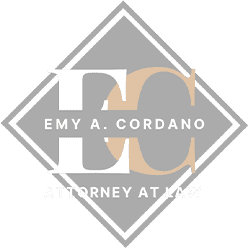It seems like yesterday you were a happily married couple. You had children together, you built a life together. It all had to come to an end and divorce became inevitable. Now divorce is even harder than you thought. You have to now go through the custody battle.
Determining Your Case
Sometimes it’s easy, your divorce wasn’t too messy and your former spouse and you come to an agreement on how to handle the kids. Unfortunately, that isn’t often the case. Salt Lake City child custody courts will try to come to an agreement in the best interest of the child(ren). There are several things they will take into consideration when coming to an agreement. The geography of both parents helps determine visitation and custody. They will also determine which type of custody will help meet the physical and emotional needs of the child. Something you may have overlooked that the courts haven’t is your maturity. They want to make sure that you can protect your child(ren) and handle conflicts that may arise. They’ll take into consideration things like who handles the discipline, who takes the child(ren) to school, and who takes the child(ren) to their appointments. It’s also important to remember that there is physical and legal custody, physical meaning where the child(ren) physically lives and legal meaning the parent who will be in charge of making the important decisions in the child(ren)’s life.
4 Types of Custody in Utah
Sole Custody
With this type of custody, one parent is awarded both physical and legal custody over the child(ren). The child(ren)’s permanent address is at their house and they solely make decisions for the child(ren). Although they don’t need to console the non-custodial parent, they are entitled to share that information as the non-custodial parent has a right to know. In terms of Utah law, this means the child will stay with this parent full-time or at least 255 overnights a year. With this, the non-custodial parent is awarded visitation which is usually set at a minimum of 86 overnights per year.
Split Custody
When there is more than one child involved, sometimes this may resort to split custody. Each parent will get sole physical custody of one or more children. The court may order legal custody to one of the parents or it may be shared. This type of custody is very uncommon. It happens during situations such as siblings not getting along, a child has mental health issues, or a child has resentment toward one parent.
Joint Legal Joint Physical Custody
This is often the most common type of custody used. It works when the divorce was smooth and cordial and also when the parents live in the same general area. It requires parents to work together and have open communication. The parents share the physical and legal custody of the child(ren). In the eyes of the law, children have to live with each parent at least 111 days of the year.
Divorce is messy, especially when your kids are involved. Courts may not really have the best interest of your children through your eyes. You need someone who will actually listen to your needs and concerns. You need someone who has experience. Emy A. Cordano has over 20 years of experience in family law. She’s handled difficult areas such as domestic violence and abuse. Make an appointment for a legal consultation through this contact form or call for a case review at (801) 901-8159.

